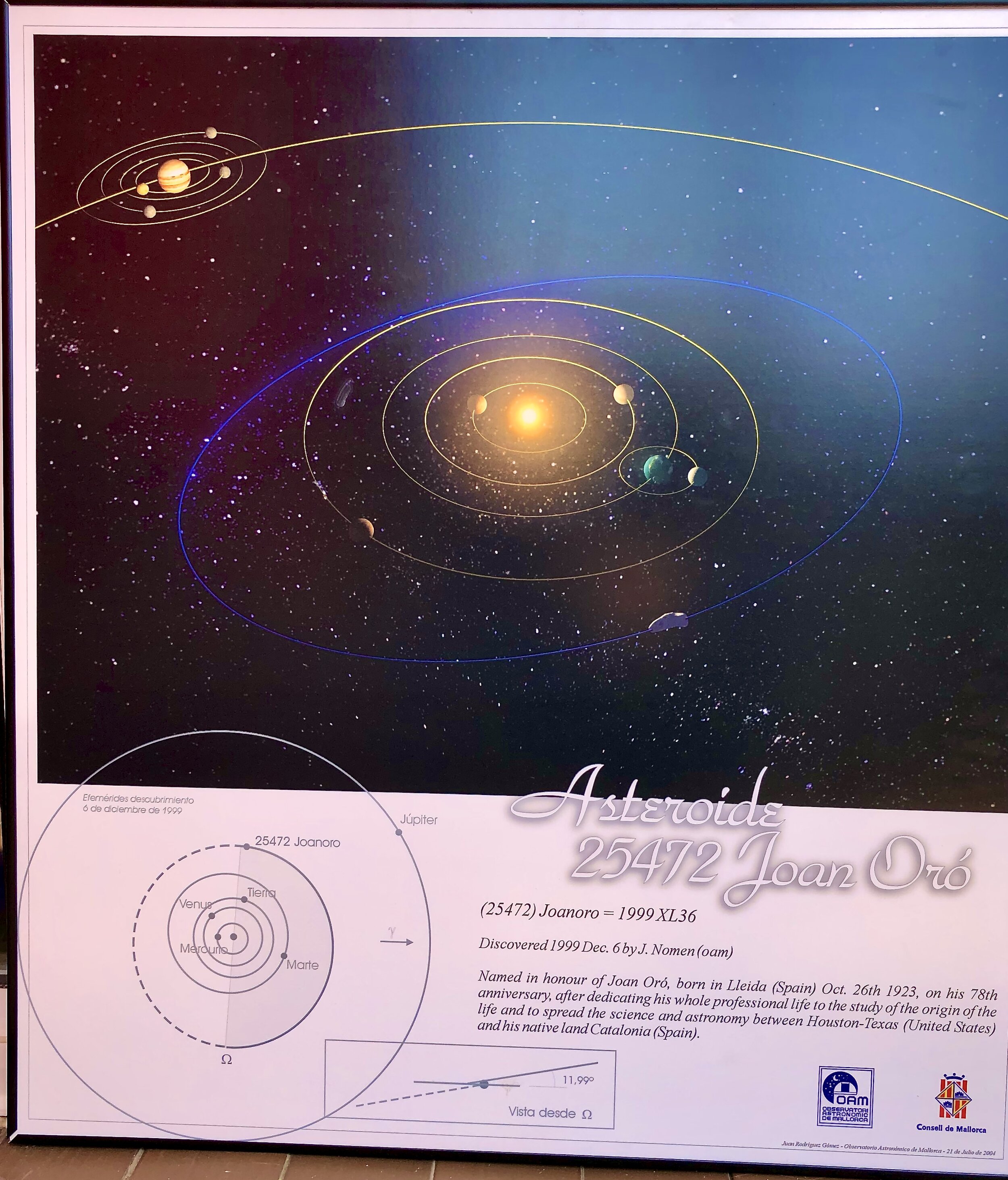Asteroid 25472 Joan Oró. This main-belt asteroid (seen in the bright blue line), discovered in 1999, was named after Dr. Joan Oró for having dedicated "his whole professional life to the study of the origin of life and to spread the science and astronomy between Houston-Texas (United States) and his native land Catalonia (Spain)."
Sunday Image: “Fantasy-like landscape” of the Carina Nebula
NASA's Hubble Space Telescope peers into the central region of the Carina Nebula where birthing stars create overlapping bubbles of hot gas. This 50-light-year-wide view is among the largest panoramic images taken by Hubble. As described on HubbleSite:
“The fantasy-like landscape of the nebula is sculpted by the action of outflowing winds and scorching ultraviolet radiation from the monster stars that inhabit this inferno.”
Andromeda: New image of our beautiful neighbor
Astrophotographer André van der Hoeven has captured a spectacular image of our beautiful neighbor, the Andromeda Galaxy. A 9.6-hour exposure and post-processing reveal Andromeda’s luster and enchantment. How would our own galaxy, the Milky Way, look from there? Most likely we would be a stellar sight, proudly shimmering throughout our galactic center, central bar, and spiral arms.
Can it be that Andromeda and the Milky Way will merge in 4 billion years? That a gap of 2.5 million light-years will be closed? During the slow cosmic tug, how will Andromeda appear in 1, 2 or 3 billion years? How much of Earth’s sky will it cover?
As a teenager, my first naked-eye sighting of the small fuzzy disk of Andromeda in the night sky was truly arresting. Not another star, but a galaxy far away from our own. Far from all the stars we see, far through deep dark space was another island of stars.
John Oró
Space: Beautiful rendering of oldest galaxy found
An artist’s rendering of galaxy BX442, which is 10.7 billion light-years from Earth, and its companion dwarf galaxy (upper left). CREDIT: Dunlap Institute for Astronomy & Astrophysics/Joe BergeronVia Space.com






